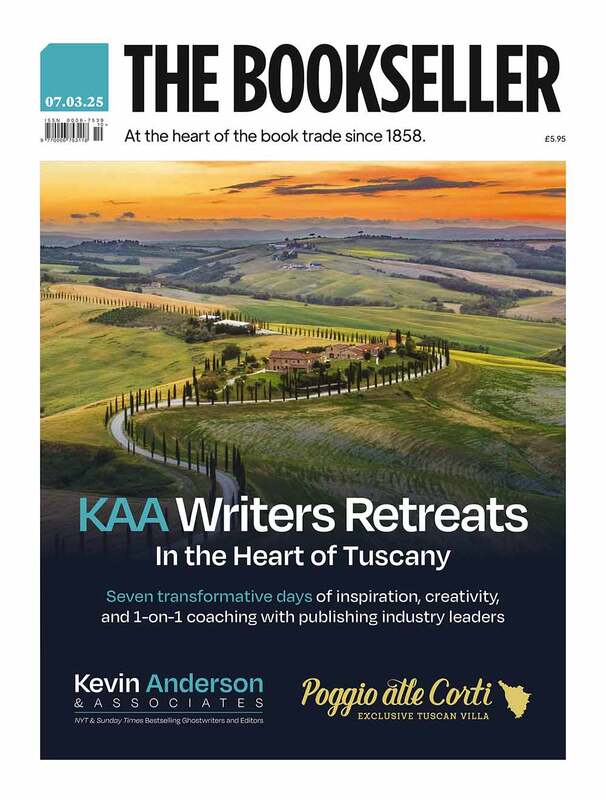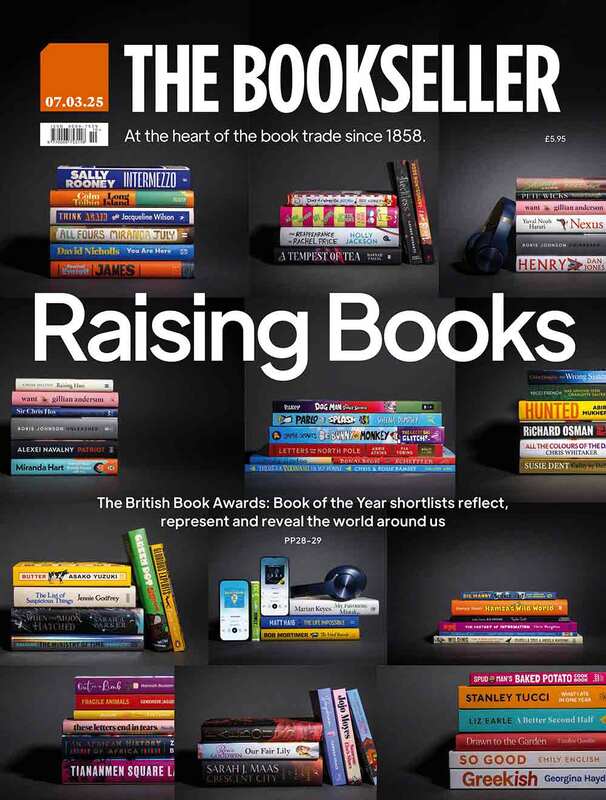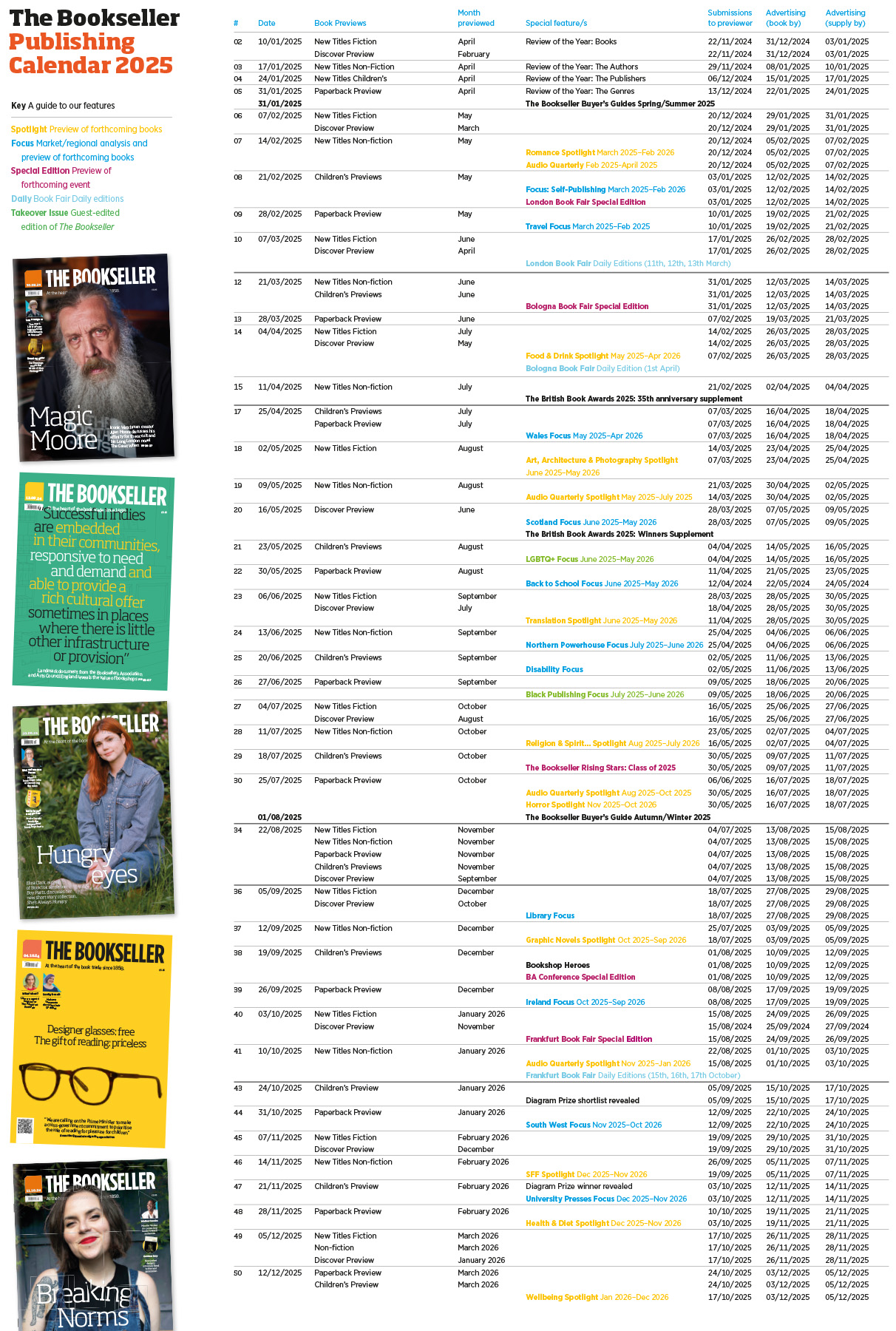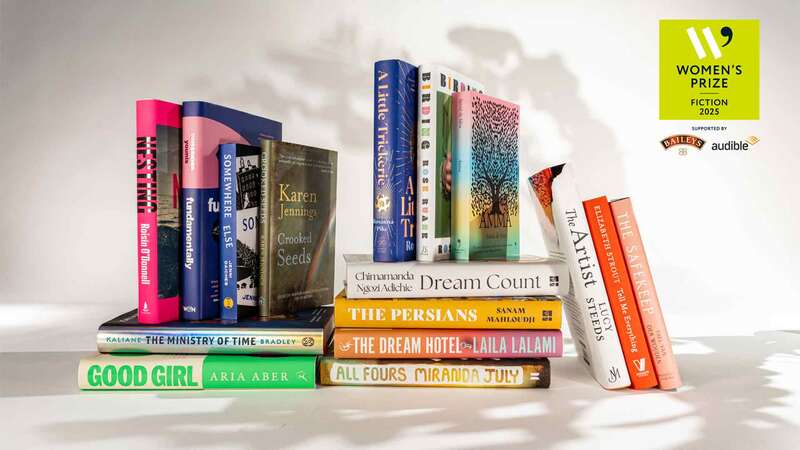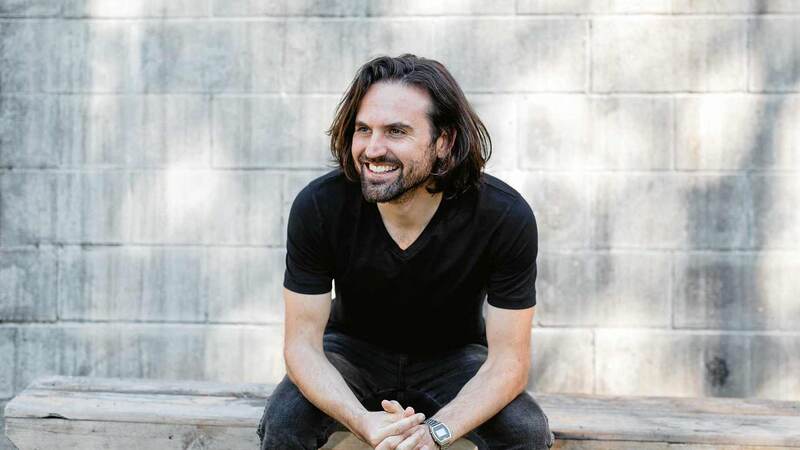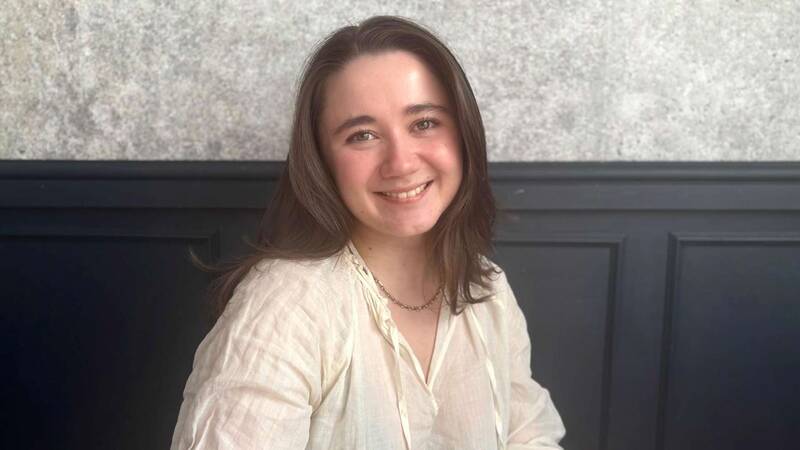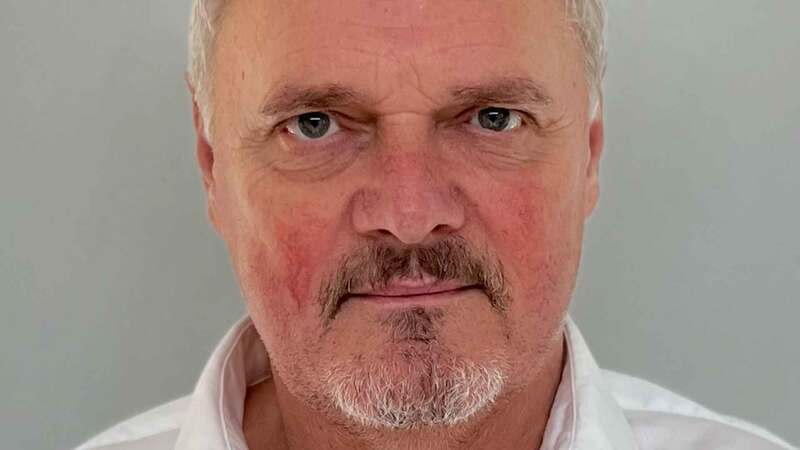You are viewing your 1 free article this month. Login to read more articles.
We need more positive cli-fi
Could stories be the missing part of the science communication jigsaw puzzle? The answer to this question could potentially unblock global political action on the climate emergency.
More than 32 years after Dr James Hansen gave his senate testimony on anthropogenic climate change, we still see politicians dragging their feet, closing their ears and passing the buck down the road. But there is only so much road left. Endless scientific reports, conferences, documentaries and non-fiction books haven’t brought about the action we desperately need. But, perhaps there is a logical explanation for this.
In a 2019 research paper published in the journal Climatic Change, the authors note that whilst facts and statistics can be persuasive, they can also lead to resistance for some people. Conversely, the research showed that stories were more successful than factual narratives at encouraging “action-taking” in the context of climate change. George Monbiot also shares a similar sentiment in Out of the Wreckage, writing that, “A string of facts, however well attested, has no power to correct or dislodge a powerful story.”
Stories have been a fundamental part of human communication for millennia. They help us make sense of the world, influence our decision-making, and can motivate us to take action. We are for all intents and purposes “homo narrans” as Walter Fisher says; creatures of story.
Stories are compelling because they enable us to live vicariously through narrative transportation, and to feel what characters are feeling. They can therefore build empathy and, as Brigid Delaney explains in the Guardian, empathy communicates with our heart instead of just our brain.
In 21 Lessons for the 21st Century, Yuval Noah Harari, writes that we even tend to “Think in stories rather than in facts, numbers or equations.” Harari therefore suggests that, “In the twenty-first century science fiction is arguably the most important genre of all, for it shapes how most people understand things like AI, bioengineering and climate change.”
A clear example of the role stories play in tackling largescale environmental issues, was seen during the race to fix the hole in the ozone layer. After Chlorofluorocarbons (CFCs) were identified as the culprit, the popular American sitcom "All in the Family" aired an episode that was critical of CFCs from aerosol sprays. A PBS article states this was, “an episode the aerosol industry later credited as their death knell.”
We therefore have an opportunity to use fiction as a tool which can help us preach beyond the choir of the converted. To this extent, a new literary subgenre has emerged – climate change fiction, or cli-fi as coined by Dan Bloom. According to Cli-Fi: A Companion, Adam Trexler’s research shows that over 150 Anglophone novels now occupy this space. Mainstream authors including Margaret Atwood (the MaddAddam trilogy), Ian McEwan (Solar) and Barbara Kingslover (Flight Behaviour) have also published cli-fi novels over the last two decades.
Communicating climate change can be complex, but cli-fi “seamlessly intertwines literary fabrication and science,” says Ellen Szabo in Saving the World One Word at a Time: Writing Cli-Fi. This makes it easier for readers to digest and relate to our society’s impact on the natural world.
However, authors have a very delicate line to tread when writing cli-fi. Matthew Schneider-Mayerson interviewed 161 American cli-fi readers, about 19 cli-fi novels, for a survey in Environmental Humanities. He found that dystopian novels left readers with negative feelings. Referencing recent research in environmental psychology, Schneider-Mayerson suggests that disaster scenarios and dystopian futures, can hamper persuasion and action, potentially leading to an aversion of the topic as cognitive dissonance sets in.
Cory Doctorow therefore make a crucial point in Slate, whereby fiction writers have a responsibility to depict the surprising goodness of humanity, rather than just over-emphasising its plot-friendly villainy. This means moving away from wildly dystopian and apocalyptic narratives to more positive scenarios, which may be grounded in the present and depict more explicit solutions to successfully tackle the climate crisis.
In Schneider-Mayerson’s research, he writes that cli-fi did lead to behavioural changes for a number of respondents, giving examples from readers of The Healer by Antti Tuomainen, and The Water Knife by Paolo Bacigalupi. But he explains that the changes were sometimes “small and easy”, and were being taken on an individual level.
Science communication must therefore incorporate storytelling, ensuring the stories steer away from dystopian narratives, and instead include practical and meaningful actions that can be taken. Perhaps a group of willing climate scientists, paired with a team of writers and illustrators and supported by a brave publishing imprint, could exclusively collaborate on a new range of books in this manner.
Such an undertaking could play a fundamental role in overcoming society’s greatest challenge and help create a path towards the brighter future we all so urgently hope for.
Ryan Mizzen is a debut children’s picture book author, and holds a BSc in Climate Change and an MA in Creative Writing (via Distance Learning). The first book in his Time to Care series, Hedgey-A and the Honey Bees, is out now.

